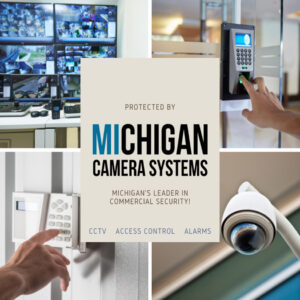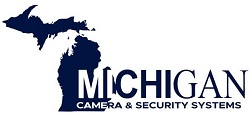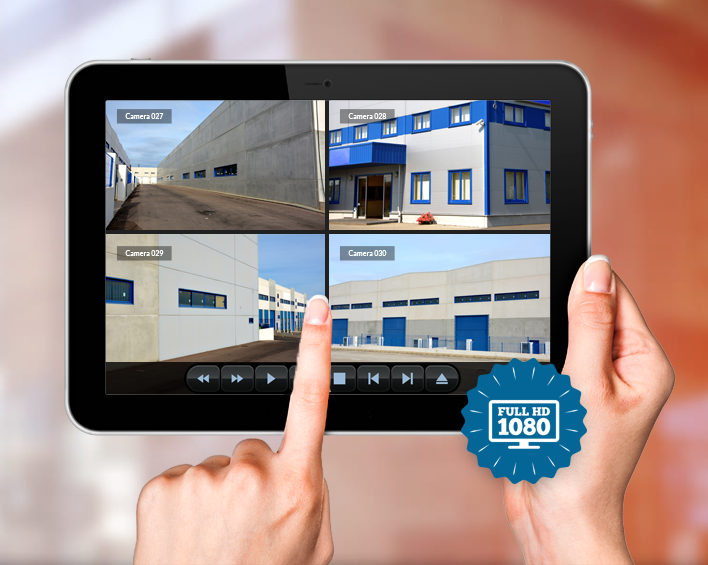Crime Prevention and Security Management in Public Libraries SE Michigan
Crime Prevention and Security Management in Public Libraries SE Michigan
 Public libraries, archives, and museums in Southeast Michigan are essential cultural and educational sanctuaries dedicated to preserving and displaying valuable collections of knowledge and artifacts. Entrusted with the protection of priceless historical documents, rare books, artworks, and other treasures, these institutions encounter specific security challenges, including theft, vandalism, unauthorized access, and environmental threats. This blog delves into crime prevention and security management strategies specifically designed to safeguard these critical institutions.
Public libraries, archives, and museums in Southeast Michigan are essential cultural and educational sanctuaries dedicated to preserving and displaying valuable collections of knowledge and artifacts. Entrusted with the protection of priceless historical documents, rare books, artworks, and other treasures, these institutions encounter specific security challenges, including theft, vandalism, unauthorized access, and environmental threats. This blog delves into crime prevention and security management strategies specifically designed to safeguard these critical institutions.
Make Michigan security systems Your First Source for Professional Camera and Security Systems. Guaranteed Best Prices – All Work Warrantied! We work around your schedule!
Understanding the Security Landscape in Southeastern Michigan
To develop effective security measures for public libraries, archives, and museums, it’s crucial to first understand the distinct challenges and vulnerabilities these institutions face. The security landscape is influenced by several factors, such as the types of collections housed, levels of visitor engagement, and the physical layout of the facilities. By understanding potential threats and assessing current security protocols, stakeholders can implement informed strategies that not only protect valuable assets but also enhance the overall safety and accessibility of these community hubs.
Here are the most critical challenges faced by these municipal and local entities SE Michigan:
- High Public Access: Open-door policies are designed to welcome visitors and create an inviting atmosphere, but they also pose significant challenges in controlling the flow of people. This situation can make it difficult for staff to monitor activities and ensure the safety of both patrons and collections.
- Valuable Assets: Public institutions often house priceless collections that serve as cultural treasures. However, this inherent value can attract potential thieves and vandals, necessitating heightened security measures to protect these irreplaceable items.
- Varied Environments: Facilities contain different areas, ranging from open reading rooms filled with students to secure storage areas housing rare manuscripts. Each space has unique security needs and environmental controls, complicating the overall risk management strategy.
- Environmental Risks: Institutions face numerous environmental threats, including the dangers of fire, water damage, and failures in climate control systems. These risks can lead to devastating losses if not proactively managed, underscoring the importance of a robust disaster preparedness plan.
Strategies for Crime Prevention and Security Management SE Michigan
Using IP Cameras in SE Michigan with Michigan Camera, Explosion-Proof Cameras: Michigan Camera Systems Upgrading to Wireless NVR System Effective security management in public libraries, archives, and museums requires a comprehensive approach that blends physical security measures, cutting-edge technology, and thorough staff training. Consider these key strategies:
1. Conduct a Comprehensive Security Assessment
Initiate with a detailed evaluation to identify weaknesses and customize measures to address specific needs:
- Site Surveys: Inspect all areas, including public spaces, storage rooms, and offices.
- Stakeholder Consultation: Engage staff, volunteers, and users to gather insights and address concerns.
- Risk Analysis: Assess potential threats and prioritize risks based on likelihood and impact.
2. Implement Robust Access Control Systems
Manage and monitor access to various areas within the institution:
- Key Card Systems: Allow controlled access to authorized personnel only.
- Biometric Authentication: Use fingerprint or facial recognition for secure access to sensitive areas.
- Visitor Management: Employ digital systems to track and regulate visitor entry to restricted zones.
3. Deploy Proactive Video Monitoring
Use real-time video surveillance to detect and deter suspicious activities:
- High-Resolution Cameras* Strategically place cameras to cover entrances, exits, and exhibit spaces.
- AI-Powered Analytics: Implement AI to alert security personnel of unusual behaviors.
- Remote Monitoring: Allow security staff to oversee live feeds from remote locations for continuous surveillance.
4. Enhance Perimeter Security
Secure the institution’s boundaries to prevent unauthorized access:
- Smart Fencing: Integrate sensors and cameras into fencing to detect breaches.
- Access Gates: Install secure gates with controlled access points.
- Lighting: Ensure adequate lighting along the perimeter to deter intruders.
5. Prepare for Environmental Hazards
Protect collections and artifacts from environmental threats:
- Fire Detection and Suppression: Set up smoke detectors, fire alarms, and automatic suppression systems.
- Climate Control: Maintain optimal temperature and humidity levels for the preservation of sensitive materials.
- Water Leak Sensors: Use sensors to detect leaks and prevent water damage.
6. Develop Emergency Response Plans
Establish clear protocols for handling various emergencies:
- Incident Response Protocols: Define staff roles and responsibilities during emergencies.
- Evacuation Plans: Regularly update and practice evacuation procedures for staff and visitors.
- Drills and Training: Conduct frequent drills and training to ensure preparedness.
7. Educate and Train Staff
Equip staff with the knowledge and skills to uphold security:
- Security Awareness Training: Teach staff to recognize and report suspicious activities.
- Response Training: Provide guidance on responding to different security incidents.
- Regular Updates: Keep staff informed about new security measures and potential threats.
8. Leverage Technology for Enhanced Security
Utilize modern technology to bolster security measures:
- RFID and Barcode Systems: Track and manage collections with RFID tags or barcodes to minimize theft and loss.
- Digital Cataloging: Maintain detailed digital records, including images and descriptions, to assist in recovery efforts if items are stolen or damaged.
- Integrated Security Solutions: Combine access control, video monitoring, and alarms into a unified security management system.
Securing public libraries, archives, and museums requires a comprehensive strategy that integrates physical security measures, advanced technology, and ongoing staff training. By conducting thorough assessments, establishing robust access control systems, deploying proactive video monitoring, and preparing for environmental hazards, these institutions can safeguard their priceless collections while ensuring a safe environment for both staff and visitors.
As specialists in commercial physical security, we are dedicated to assisting cultural institutions with the complexities of security management. Our customized solutions and innovative technologies are specifically designed to tackle your unique challenges, guaranteeing the protection and preservation of your collections. Contact us today to discover how we can help you enhance your security strategy and protect the legacy of your municipal or local institution.
Read More Articles >>
Upgrading to Wireless NVR System
Service and installation for these makes and models and more





